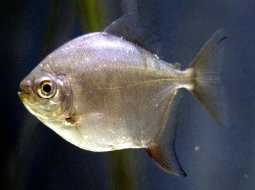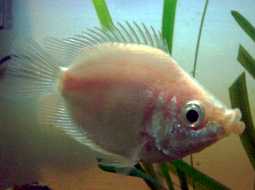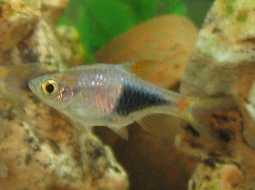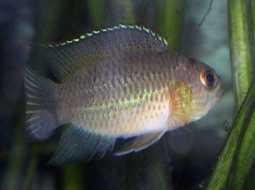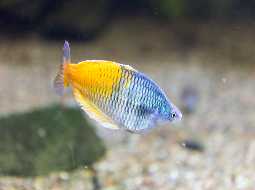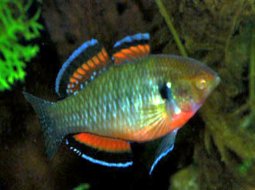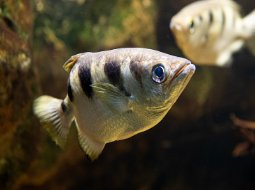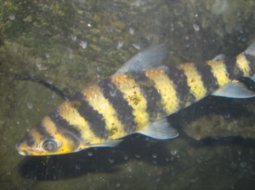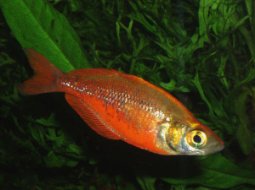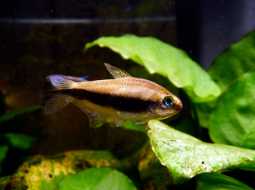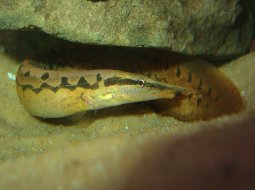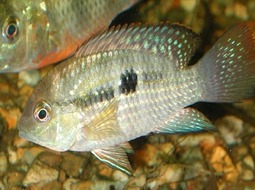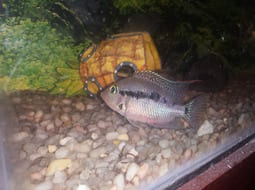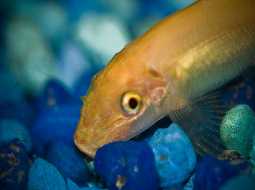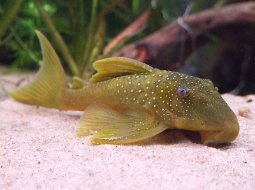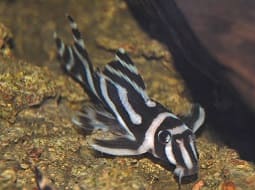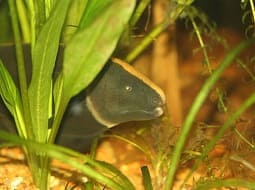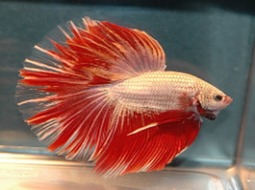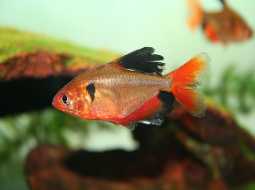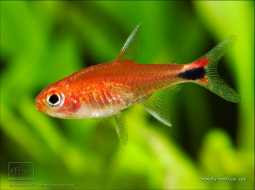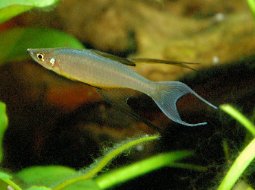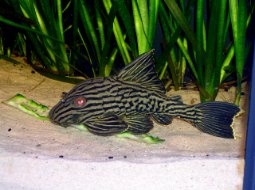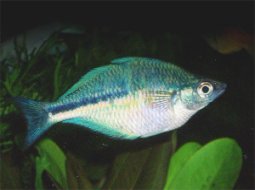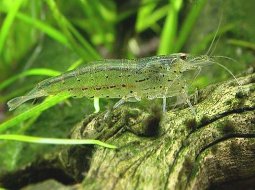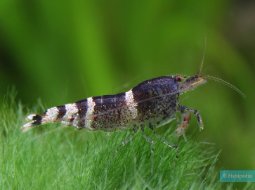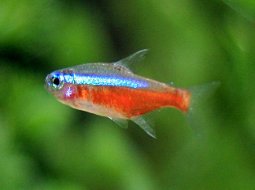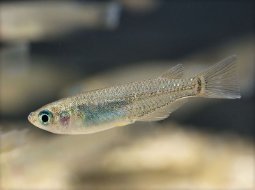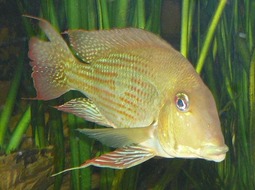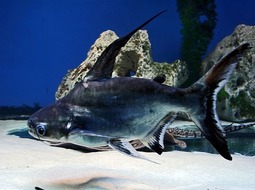
Loading Aqualapp ...
Care and Compatibility of Clown Loach - Chromobotia macracanthus
Introduction
Chromobotia macracanthus, also known as clown loach, is a freshwater fish native to Southeast Asia. It is famous for its striking appearance and interesting behavior. The common name "clown loach" is derived from its vibrant color pattern and playful movements resembling that of a clown. This fish is highly valued in the aquarium hobby due to its beauty and distinctive personality.
Behavior
The clown loach is a peaceful and sociable fish that generally gets along well with other fish of similar size. However, it can display aggression if kept in small groups or if it doesn't have enough space to swim and explore. This fish is known for its agile and fast movements, as well as its ability to dig and burrow in the substrate in search of food. It is an active swimmer and can spend hours exploring its environment.
Sexual Dimorphism
Sexual dimorphism in Chromobotia macracanthus is not visually evident. Both sexes have a similar appearance. However, during the breeding season, males may display more pronounced territorial behaviors and develop nuptial tubercles on the head and pectoral fins.
Reproduction
Breeding clown loaches in the aquarium setting can be challenging due to their specific requirements. They are egg-laying fish, and the eggs are usually laid on hard surfaces such as plant leaves or rocks. The parents do not provide parental care and may eat the eggs if not separated. If you wish to breed clown loaches, it is recommended to have a separate breeding tank with suitable hiding places and conditions for spawning.
Aquarium Conditions
Chromobotia macracanthus, commonly known as the clown loach, is an active and social fish that requires a spacious aquarium with hiding spots and areas to explore. It prefers a soft substrate and decorations such as driftwood and rocks. Maintaining good water quality is important, as well as providing a shoal of companions.
Feeding
The clown loach is omnivorous and feeds on a variety of foods. In the wild, it consumes small invertebrates, insect larvae, and organic debris. In the aquarium, it can be fed with commercial foods in the form of flakes, pellets, or sinking tablets for bottom-dwelling fish. It also enjoys live and frozen foods such as bloodworms, daphnia, and brine shrimp. It is important to provide a balanced diet that includes both plant-based and protein-rich foods to maintain its health and vibrant coloration.
Complexity
Caring for Chromobotia macracanthus can be challenging. They are sensitive fish that can easily stress due to sudden changes in the environment or the presence of aggressive fish. They require a varied diet and can be prone to diseases if not kept in a clean and stable environment.
In case you need more help, or if you want to know into any topic related to the Chromobotia macracanthus (Clown Loach) and even any other species you can use the forums to ask what you need.
To do an analysis more detailed about coexistence and behavior of Chromobotia macracanthus (Clown Loach) use the Aquarium simulation tool, if you do this you can test different ways to combine the Clown Loach with other fishes giving the dimensions and space on you aquarium, on this way you can known the optimal configuration for keep the fishes that you want.
You can also find out the 92 species compatible with the Chromobotia macracanthus (Clown Loach) can live together.
Note: The parameters of the water such as PH and temperature are also used to calculate the compatibility of the species.
Compatible species (92)
Compatible (41 Species)
Compatible without any restriction
Recomendable tener a mas de un ejemplar, les gusta tener compañia.
Knowing Yourself From Small (1 Species)
They can live together if they have known each other since they were very small, that is, they grew up and grew up together. it does not work in all cases, there may be exceptions.
Similar Sizes (9 Species)
They can coexist if they are the same size or very similar sizes, it does not work in all cases, there may be exceptions.
With Reservation (8 Species)
Compatible in some cases, it depends on the nature and personality of the fish.
Showdown over territory (6 Species)
Fish can live together as long as the space is spacious enough to delimit a territory, otherwise there may be aggressions for competing for the territory.
Considerable size difference (22 Species)
They can coexist while they are similar in size or the size difference is not very abysmal, since as the fish grows it increases the chances of eating its partner that did not grow much.
Compatible if space is enough (5 Species)
They can coexist together if the aquarium they share is large and spacious enough for both species to feel good, as some fish may attack others to feel that they have little space and try to eliminate the competition.
Clown Loach
Chromobotia macracanthus

- Ph: 6 - 7.2
- Temperature (c°): 25 - 30
- Measures: 30 cm
- Aquarium Capacity:
90 Liters - 24 Gallons - Alimentación: Omnivores, Snail
- Colores: Black, Orange, White
- Comportamiento: Active, Likes to take refuge, Peaceful, Shoal
- Habitad: Asian
- Morfología: Thorns or pointed
- Preferencias del Acuario: Caves, Natural plants, Rocks
- Tamaño: Big
- Taxonomía: Fish
- Tipo de Agua: Sweet water, Tropical waters
- Velocidad de nado o movimiento: Normal
- Zona de Nado: Aquarium background




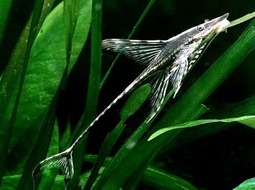

.jpg)
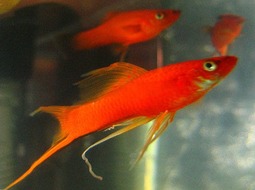
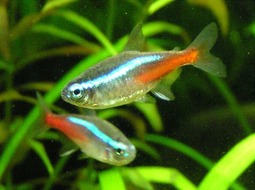
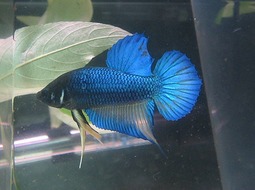

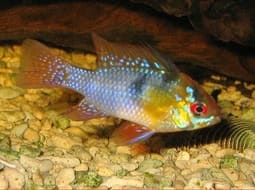
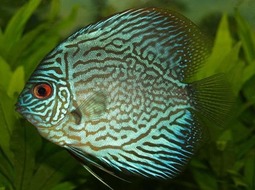
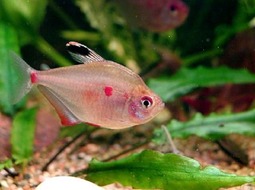



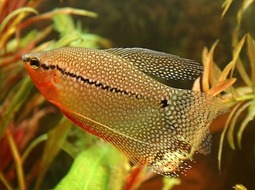


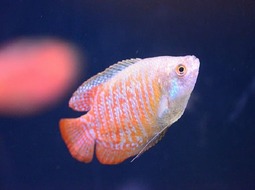



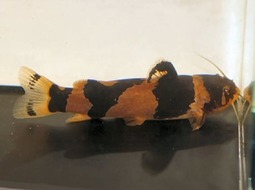
.jpg)


